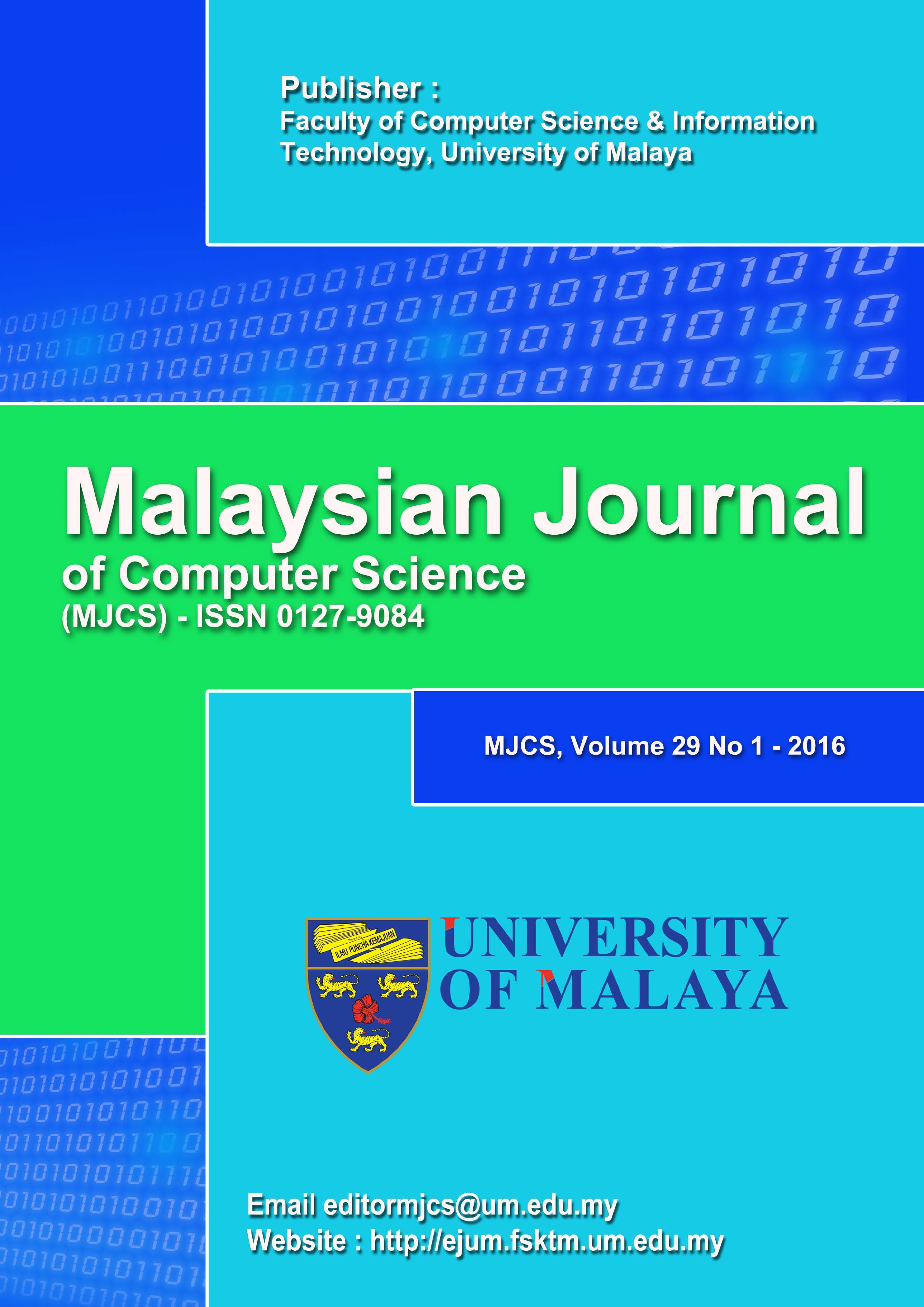A NOVEL APPROACH TO COMBINE NIR AND IMAGE FEATURES FOR NON-DESTRUCTIVE ASSAY OF INDIAN WHEAT VARIETIES
Main Article Content
Abstract
Near InfraRed Spectroscopy (NIRS) based techniques have evolved tremendously and are being perfected over ages to be applied in a wide variety of applications. This study focuses on the selection of optimum classification algorithms, as an automated variety identifier suitable for wheat grains based on the statistical performance indices for the quality analysis and variety classification of wheat grains. NIRS was used to non-destructively determine protein, carbohydrate, ash and moisture content of wheat grains. Structural analysis focuses on the visualization aspect of the wheat grains such as the shape, size (learnt from the length, width, and height), colour and glossiness of the seed coat. In addition to the spectral information, the image derived characteristics are incorporated into the classification models to further enhance the variety identification of 10 varieties of whole wheat samples UP 262, Samba, RR 21, 343, Super sitwa, Punjab, Ankurkedar, Super 303, Pusa 360, PBW 502. Varietal purity of wheat grains is a significant factor to be considered before the milling process. The results clearly reveal that the proposed selective wavelength-based prediction algorithms and selection of limited individual quality parameters, using improved methods to extract these features has aided with the success of classification performed in this work. The proposed novel approach proves that collaborating the selected spectral features and image features further enhances the effectiveness of this work.
